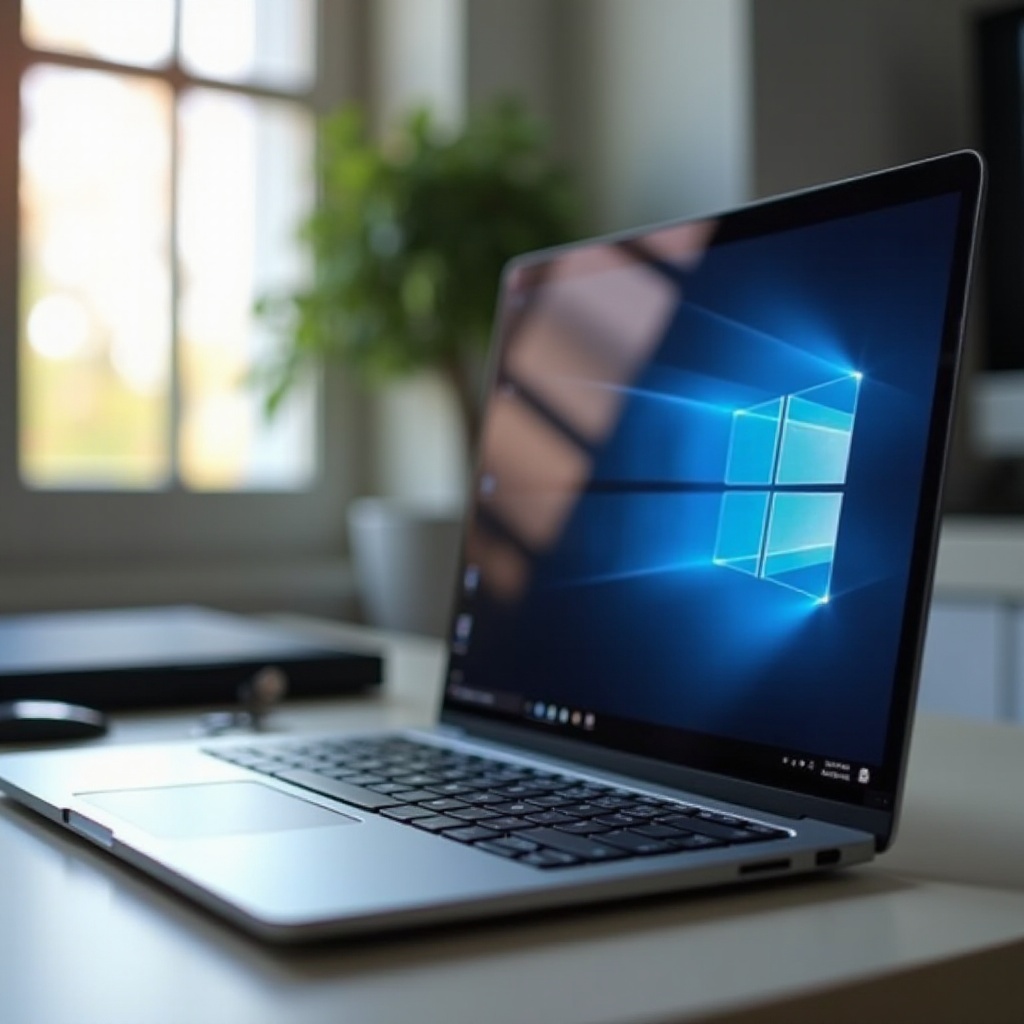Introduction
Is your Windows 11 laptop plagued by incessant restarts, interrupting your productivity or leisure time? Such recurrences can indeed be a headache, but there’s no need to despair. Several reasons might trigger unexpected restarts, ranging from software hiccups to significant hardware problems. Recognizing these root causes is vital for effective problem-solving. This guide will walk you through diagnosing the issue, presenting both quick and advanced solutions, and equipping you with preventive measures to ensure your laptop operates seamlessly. No need to possess advanced tech skills—just following a few straightforward steps can make all the difference.

Why Does My Windows 11 Laptop Keep Restarting?
When a laptop persistently restarts, it indicates that an underlying issue needs attention. Problems may span from minor configuration errors to major hardware failures. Software conflicts, glitches within the Windows ecosystem, incompatible drivers, or even malicious software can all contribute to this malady. Equally, hardware issues like overheating, component breakdowns, or power supply disturbances might incite these crashes. Grasping these potential causes is integral for effective troubleshooting, saving time and alleviating frustration, culminating in a reliably performing Windows 11 laptop.

Diagnosing the Issue: Common Causes
Finding the cause behind your laptop’s restarts is essential before applying any remedies.
Software and Driver Conflicts
Conflicting software and drivers frequently precipitate abrupt restarts. System updates or new software can introduce incompatibilities or unstable drivers that destabilize your laptop.
Hardware Malfunctions
Recurring restarts might also stem from hardware failures. Components such as RAM, hard drives, or the motherboard may degrade over time or sustain damage, requiring attention.
Overheating Problems
Overheating frequently leads to restarts, particularly if ventilation is hindered by dust buildup or obstructed airways. An overheating CPU or GPU will initiate shutdowns to prevent damage, resulting in spontaneous restarts.

Quick Fixes to Try First
Explore these simple solutions before diving into intricate troubleshooting:
Safe Mode Check
- Boot your laptop in Safe Mode to deactivate non-essential services. This step can help deduce if background operations are culpable.
Windows Troubleshooter
- Utilize the Windows Troubleshooter to pinpoint and resolve common dilemmas. Navigate via Settings > Update & Security > Troubleshoot.
Disconnect Peripheral Devices
- Detach external devices like USBs or printers. Faulty peripherals may engender conflicts, leading to restarts.
Advanced Troubleshooting Solutions
If preliminary fixes are ineffective, consider these advanced strategies:
Update Windows and Drivers
Ensure that your OS and drivers are current, as updates often rectify known bugs and compatibility challenges.
-
Access Settings > Update & Security > Windows Update.
-
Employ Device Manager to refresh individual drivers.
System Restore and Fresh Install
Should updates fail, execute a System Restore to revert to a previous, stable configuration. As a final measure, re-install Windows 11.
-
Search for ‘Create a restore point’ in the Start menu to access System Restore.
-
Follow instructions to complete a restore or reinstall.
BIOS Firmware Update
Updating the BIOS can sometimes redress hardware compatibility issues beyond software remedies. Proceed cautiously, as this is an advanced task.
-
Visit your laptop manufacturer’s website for the latest BIOS updates.
-
Adhere to their guidelines carefully to update your BIOS.
Preventing Future Restarts
Diminish future restart risks by implementing these precautions:
Regular Maintenance Tips
- Ensure your OS and software remain updated.
- Uninstall unused applications to optimize system performance.
Monitoring Temperatures
- Employ monitoring tools to track CPU and GPU temperatures.
- Periodically clean your laptop’s vents and fan to thwart overheating.
Backup and Recovery Planning
- Routinely back up critical data.
- Acquaint yourself with recovery options to address future issues effectively.
Conclusion
Persistent restarts on a Windows 11 laptop can be resolved through a methodical troubleshooting strategy. Whether through software updates or physical maintenance like cleaning the fans, each step aims to cultivate a permanent solution. By recognizing probable causes and instituting preventive tactics, you can secure a more consistent computing experience. Timely updates and consistent maintenance are instrumental in steering clear of unforeseen restarts down the line.
Frequently Asked Questions
Why does my laptop restart when it’s idle?
Your laptop may be configured to restart automatically during updates. Check and adjust your Windows Update settings if necessary.
Can a faulty battery cause my laptop to restart?
Indeed, power issues, including a defective battery, can trigger unexpected restarts. Try testing your laptop on AC power after removing the battery for confirmation.
How can I tell if my issue is software or hardware related?
Booting in Safe Mode can help discern if the issue is software-related. Persisting problems in Safe Mode may indicate a hardware issue.

